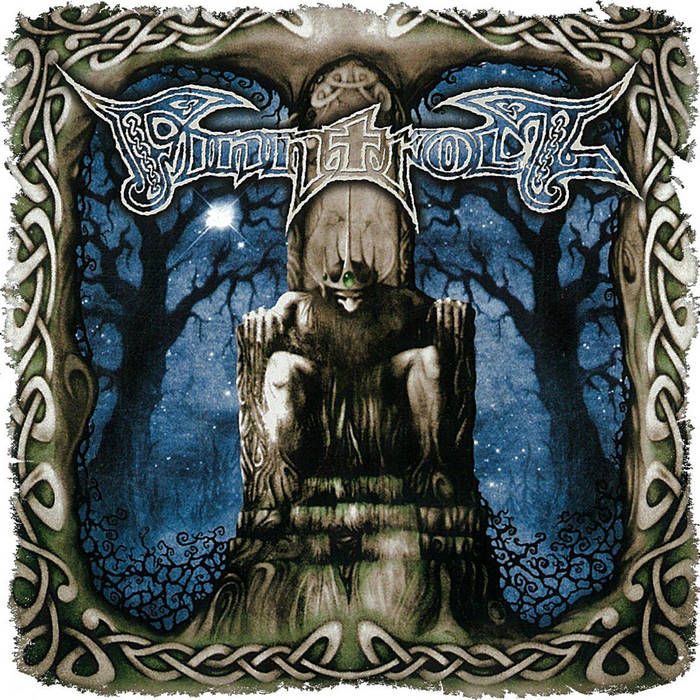As a metal-music-enjoyer, I find myself often daunted by the abject volume of metal subgenres that exist. This undertaking marks my (futile? misguided?) attempt to make sense of them.
Welcome to the Metal Minute.
What is Folk Metal?
Folk metal is probably one of the easier metal subgenres to parse, as it’s simply a marriage between the archetypal characteristics of metal and the style of European folk music.
There are several subgenres of folk metal (which only deepens the complexity of the metal iceberg), such as Celtic metal, Viking metal, medieval metal and pagan metal.

The differences between these subgenres come from their distinct styles and influences, with Viking metal centering itself around Viking and Norse mythos while medieval metal draws its sound from the traditional folk instruments of the British Isles.
Instruments like the flute, lute and bagpipes abound.
When Did it Start?
According to MasterClass, folk metal developed in the 90s as different metal groups from Western and Central Europe began to experiment with their native folk music traditions.
Many groups were already experimenting with other metal subgenres, such as gothic metal, progressive metal, symphonic metal and melodic death metal. Thus, it was not a far jump for bands to integrate different folk styles into their work.

Bands were not limited to the folk traditions of their native countries, either. Many groups, such as Subway to Sally, explored styles from other nations and integrated them into their own work. The band, hailing from Germany, was heavily inspired by Celtic traditions.
Eventually, folk metal influences traveled to Eastern Europe, leading groups to pop up in Russia, Hungary, Bulgaria and Latvia.
Today, folk metal groups can be found across the world.

